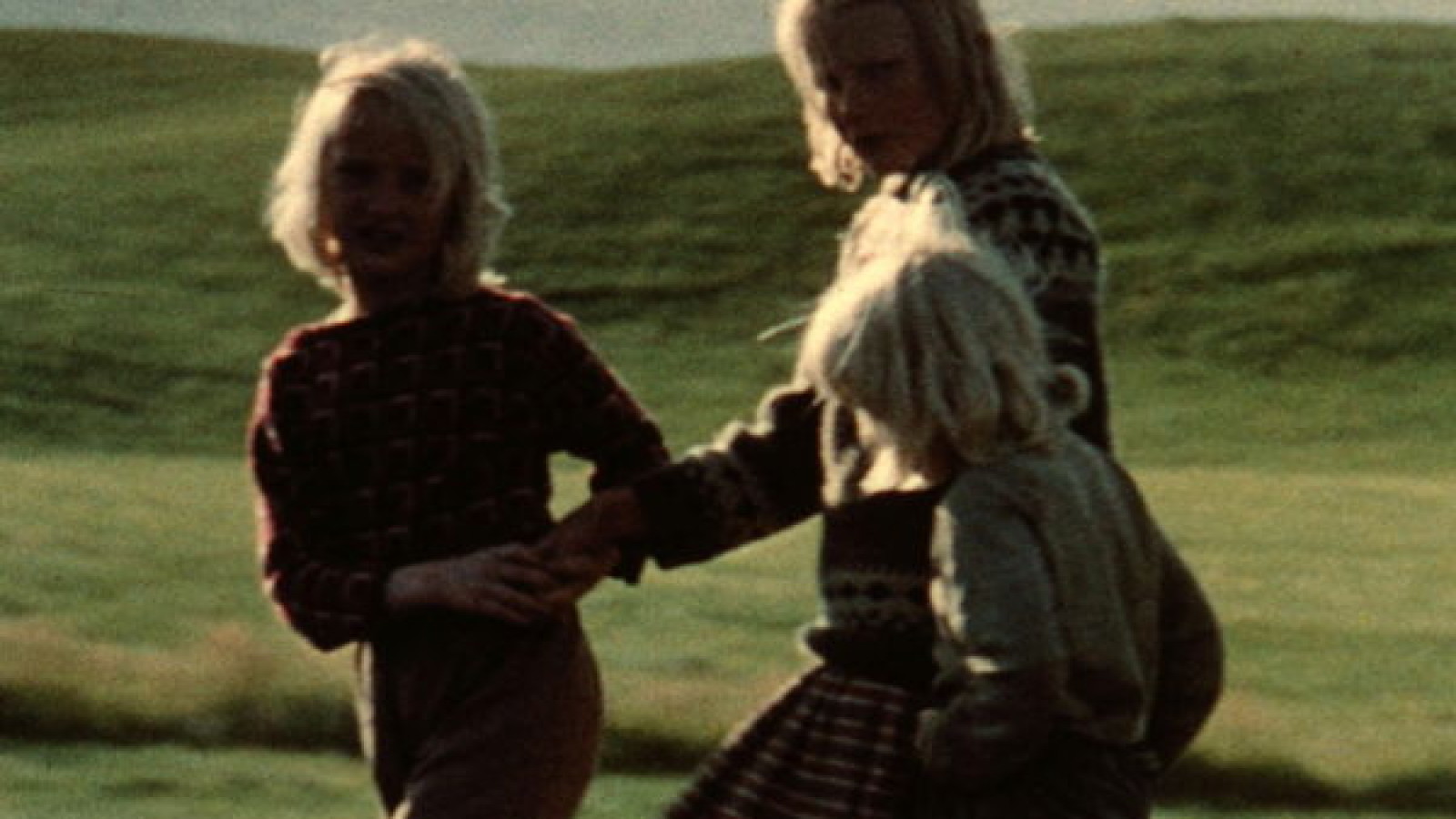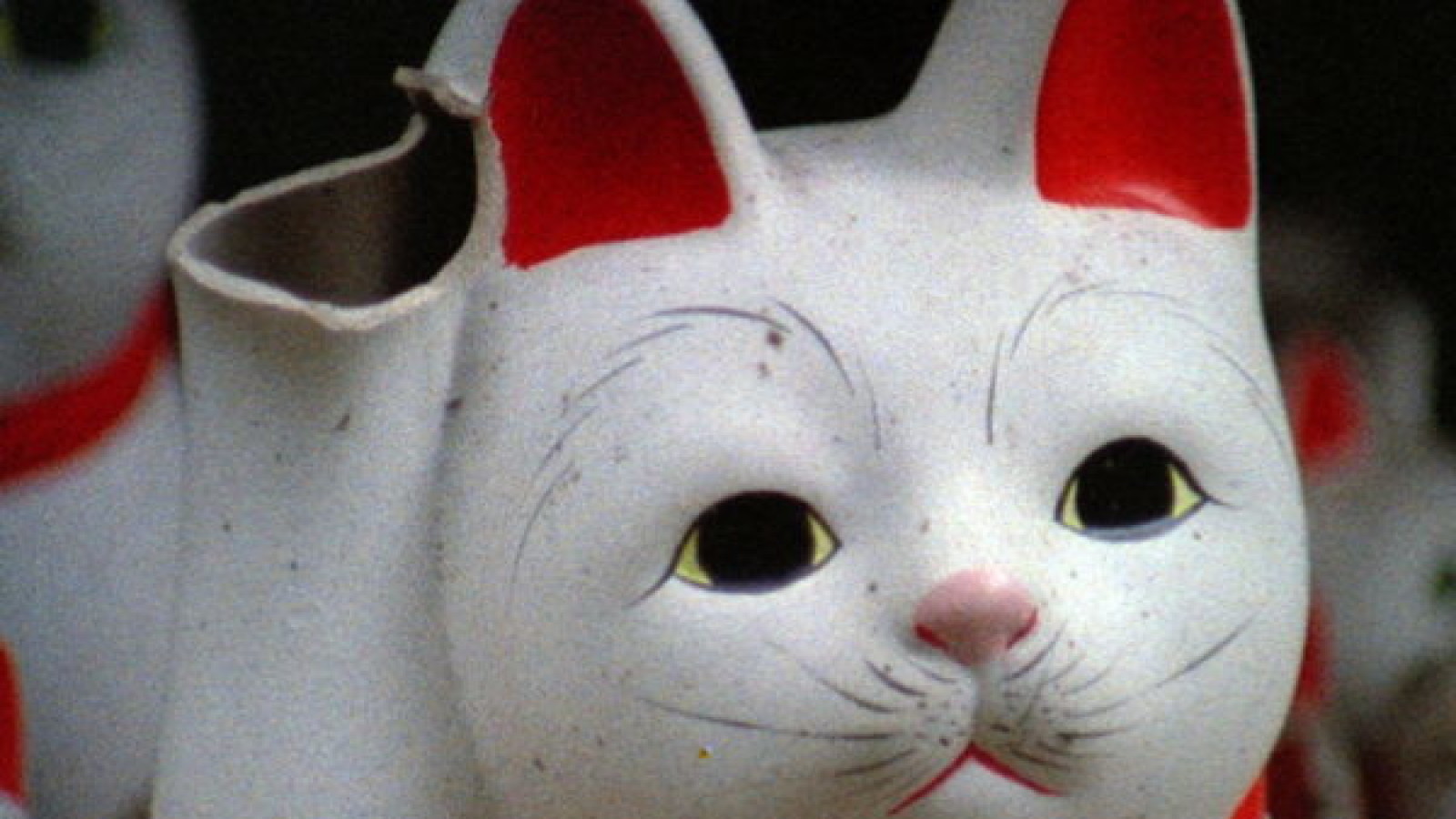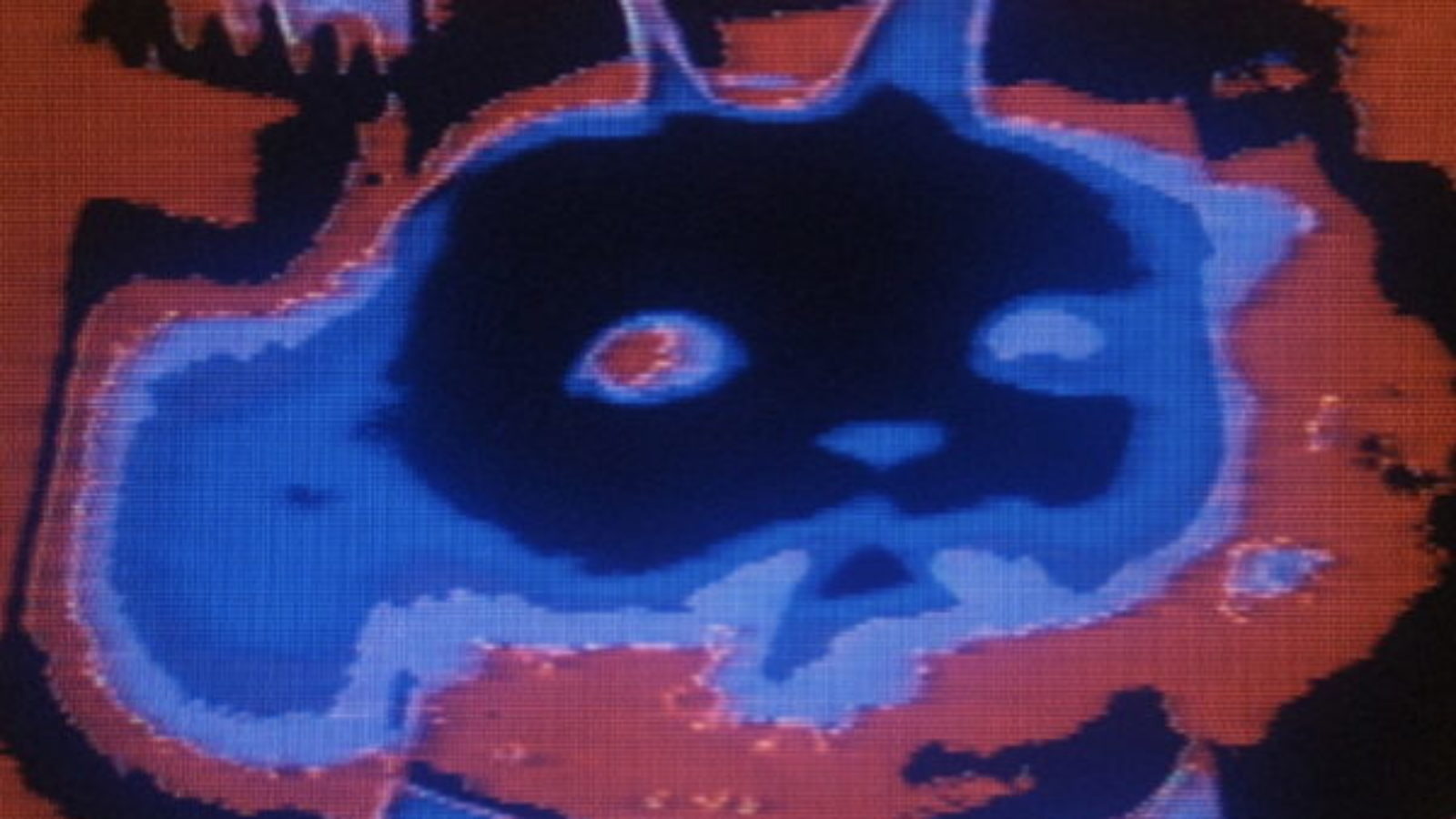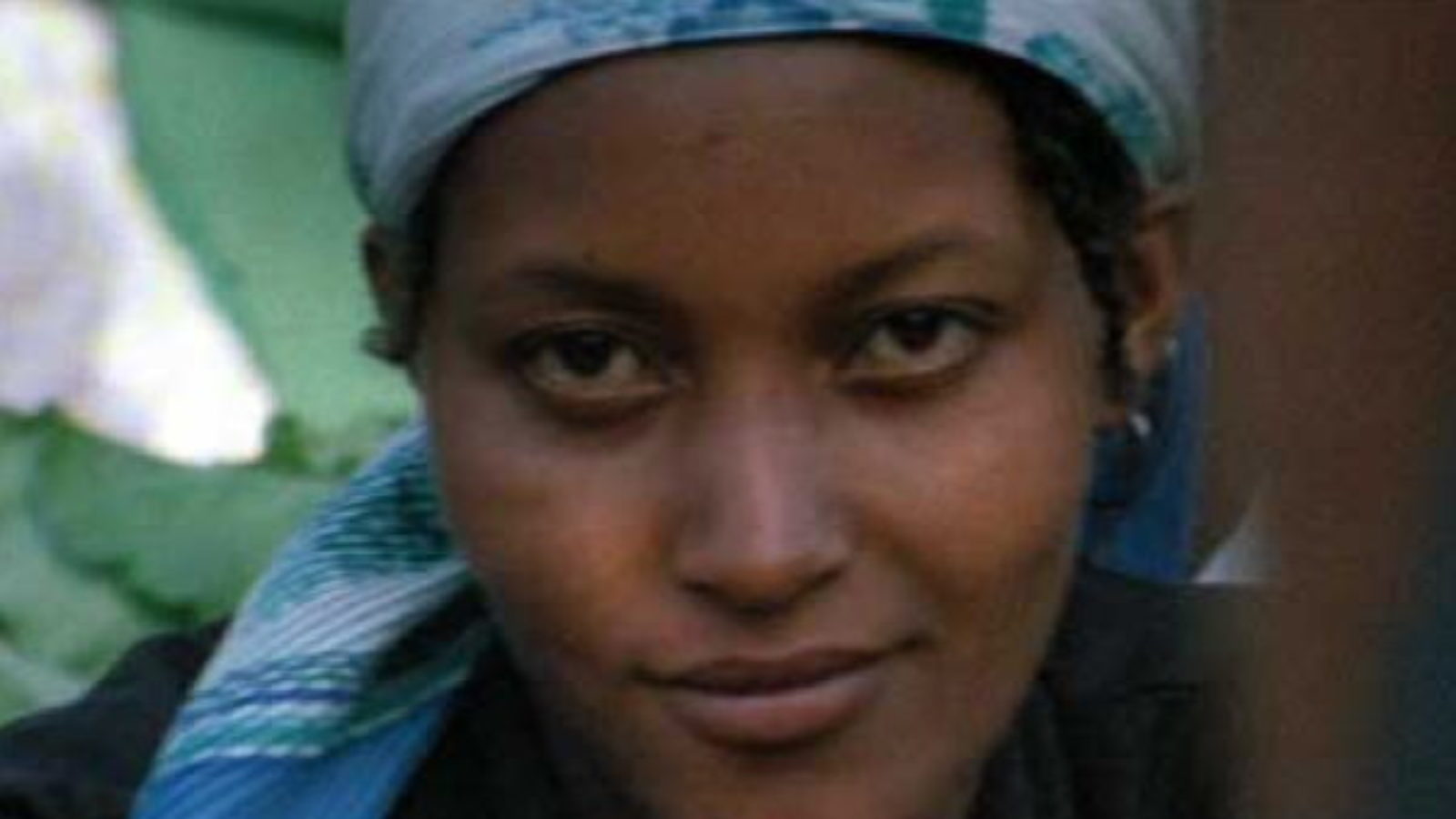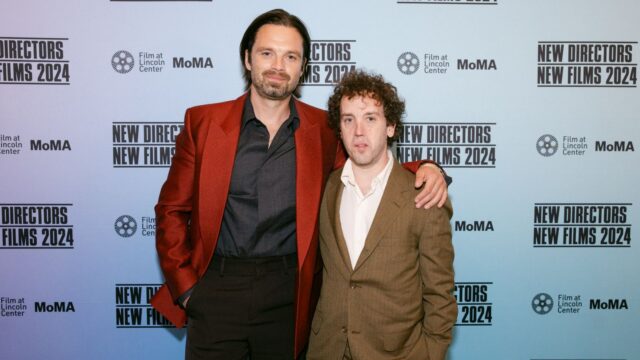Chris Marker
Rush tickets available!
Sans soleil
1982 | France | 100m | 35mm | color | sound
An eccentric rumination on downtown Toyko, Chris Marker’s Sans soleil is philosophical journalism. Emerging from the compost of newsreels and travelogues, Sans soleil is rooted in the least pretentious, most debased documentary forms. But it’s as though Walter Benjamin or Jorge Luis Borges had scripted The Sky Above, the Mud Below.
Sans soleil has the feel of a testament. It purports to be the footage of a peripatetic cameraman, accompanied by voiceover readings of his letters to the muse. Within this factoid fictional framework, the film plunges headlong into themes of memory and death by proposing itself as the Japanese bridge between a casual shot of three Icelandic children frolicking through a summer field and shots of the same town several years later buried up to its church steeple in molten lava.
At 100 minutes, Sans soleil is too dense to easily assimilate on a single viewing, but, as Marker's surrogate says on Japanese TV, “Not understanding adds to the pleasure.” Taking its somber title from a Mussorgsky song-cycle, the film has a structure that is lyrically free-associational. Sans soleil’s images are often superb—its Tokyo comic book futuropolis more startling than Blade Runner’s—but it’s the flow of language that binds together the film’s disparate vignettes. Unlike most documentary filmmakers, Marker foregrounds his subjectivity by persistently identifying photography with consciousness. Whether dissecting an exchange of glances between the camera and a woman in a market in Guinea-Bissau (and locating her look in precisely one frame of film) or desultorily restaging Vertigo in its original locations, Marker—or rather, his alter ego—is continually speculating on the nature of representation.
Bracketed by life and death in Iceland, Marker’s basic juxtaposition of the world’s most successful industrial society with the impoverished site of an exemplary Third World liberation struggle is not only to show “the two extreme poles of survival.” The montage is as existential as it is political. Japan and Guinea-Bissau are revealed here as two non-Western cultures predicated on worldviews that are profoundly animist. The Japanese are shown to built temples to cats, create singing simulacra of JFK, hold ritual cremations of broken dolls; the camera turns the living people of Guinea-Bissau into moving shadows. Humans, animals, objects—everything in Sans soleil is explicitly possessed of a soul.
In one of the film’s most beautiful sequences, bits of the ferociously popular, robot-ridden sci-fi animation Galaxy 999 begin to insinuate themselves into a leisurely observation of dozing commuters as if to wish them sweet dreams. It’s instructive to compare this treatment of urban life to that found in Koyaanisqatsi. Nothing in Sans soleil is ever less than compassionate: simple-minded notions of the dehumanized or the unnatural seem not to exist. Sans soleil is suffused with a romantic nostalgia for the present, yet Marker’s view of the future is not entirely pessimistic. If, in the film, Pac-Man suggests a metaphor for the species, synthesized video is used to represent one more refinement in the development of consciousness.
Indeed, sometimes Marker’s admiration for the citizens of Tokyo—their derelicts and TV sets—verges on the angelic. The exhibition of some priceless jujus from the Vatican at a Tokyo department store prompts the speculation that within a few years, the Japanese “will produce a less expensive and more efficient version of Catholicism.” I’m afraid the Koreans will beat them to it with Sun Myung Moon.—J. Hoberman, Village Voice, 11/1/83

